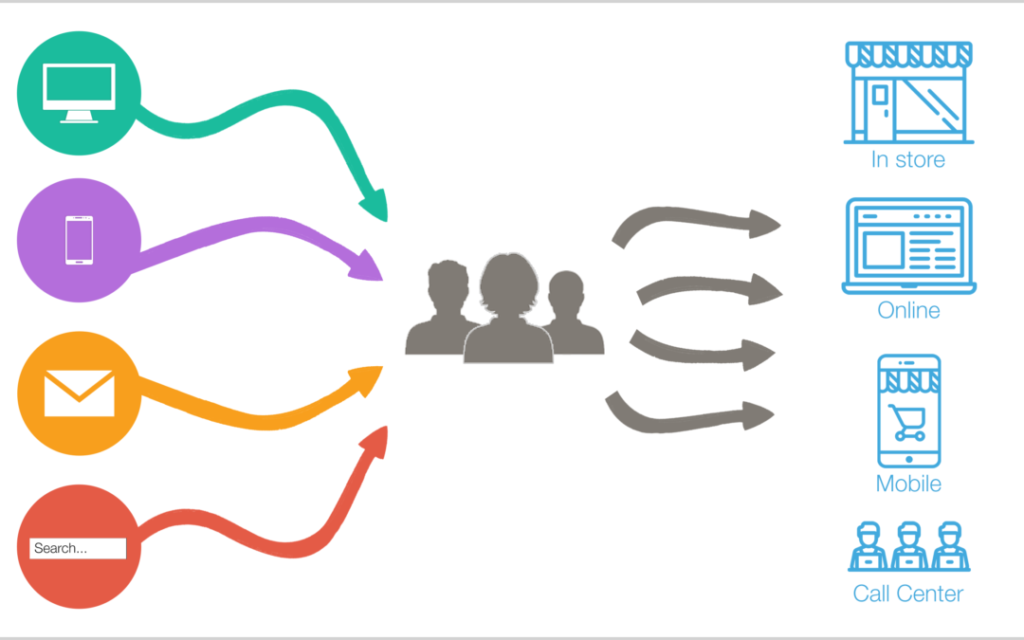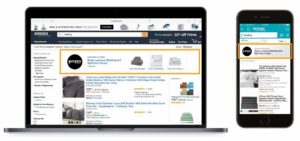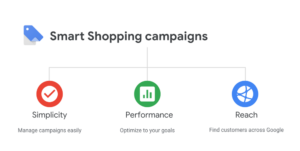
Digital media is awesome and measurement within those platforms have given us the ability to measure sales down to a particular conversion event. The problem? We can only measure the conversion events we can see. That typically means a sales on a company’s .com. While that’s great for a startup that sells only on their .com, it doesn’t help too much to only measure performance in that channel when many other channels like Amazon and retail exist.
The biggest issue media buyers face is that we know some channels drive value to the business while others take credit for sales without adding dollars to the bottom line. For example, bidding on your branded terms and retargeting looks phenomenal when you’re attributing sales. Likely, you would have scooped up many of those sales without spending a nickel. On the other hand, media channels that specialize in introducing new prospects to your product look less than worthy. Think online video, prospecting display, non-branded search, and connected TV. While these channels make your company healthier, they appear to drive an expensive sale per dollar invested. In some cases, the folks they introduce to the brand eventually convert on your website via retargeting or branded search. In other cases, they drive sales in places you can’t measure, like Amazon.com, retailer websites, or in store.
If an online event is the only way to measure the effectiveness of online media, how should a startup measure their media to the entire sales pie? As a startup, you’ve got a few options.
1. Find a way to close the loop on your digital media.
The ideal. If your startup offers an app, can you tie the media spend to installations of that app? We’ve been lucky enough to work with some brands where this is the case. In this event, you can place conversion events at the point where anyone who installs can be measured. Your company can now tie ad creative, keywords, and ad placements directly to the event which provides you the greatest value.
2. Create mechanisms to identify who purchased after they were influenced to buy thanks to paid media.
While not perfect, this is a directional option. Set up an auto-response email to new purchasers and route them through a conversion event. For example, your startup could send a thank you upsell offer to folks who those who just entered your customer database. If the offer is strong enough, you can get a solid percentage of those new customers to take you up on it and get a feedback loop created to show you which media channels drive the most value.
3. Measure your metrics in another way.
For those companies who have no way to close the loop or upsell via email after the sale, you have to get creative. You’ll need to use a few metrics to show the media is having a positive effect on your business. Let’s start with a few that (usually) correlate positively to sales. These include searches for your brand (check Google Console or Google Trends). They can, and do, include new visits to your website or Amazon product pages. Overlay your spend with lift in these areas to estimate how many new sales are thanks to your introductory media.
For the finance folks out there, we’d encourage you to look at the entire pie. What is the total media spend divided by your total revenue? Is it significantly less than the average margin of your product line? What happens when “upper-funnel” spend increases? Does the percentage of increase in spend outweigh the percentage increase in total cost per acquisition of media spend? If so, you’ve found audiences that are converting to sales.
Cutting that media spend would be detrimental to your bottom line. We’ve heard many smart people say “double down on what’s working.” Just make sure you have a solid framework to define what is actually driving value.










